
I'm glad that I lived through an exciting era of computing that saw the arrival of several legendary products and brands.
3dfx and their Voodoo range fit squarely into this category. I almost bought a Voodoo Banshee from a friend at college, but decided on a brand new Nvidia Riva TNT instead (no regrets!). I had a lot of fun attaching a larger fan and heatsink to it and overclocking it. It wasn't until the Geforce 2 GTS came out that I finally upgraded for a large increase in performance.
On the audio side I worked my way through many Creative Labs cards, such as AWE, Live and Audigy. I also had a lot of love for my Aureal 3D sound card too. However I never owned a Gravis soundcard.
I think this was really due to that by the time I could afford to buy a soundcard, the time of the GUS had already come and gone.
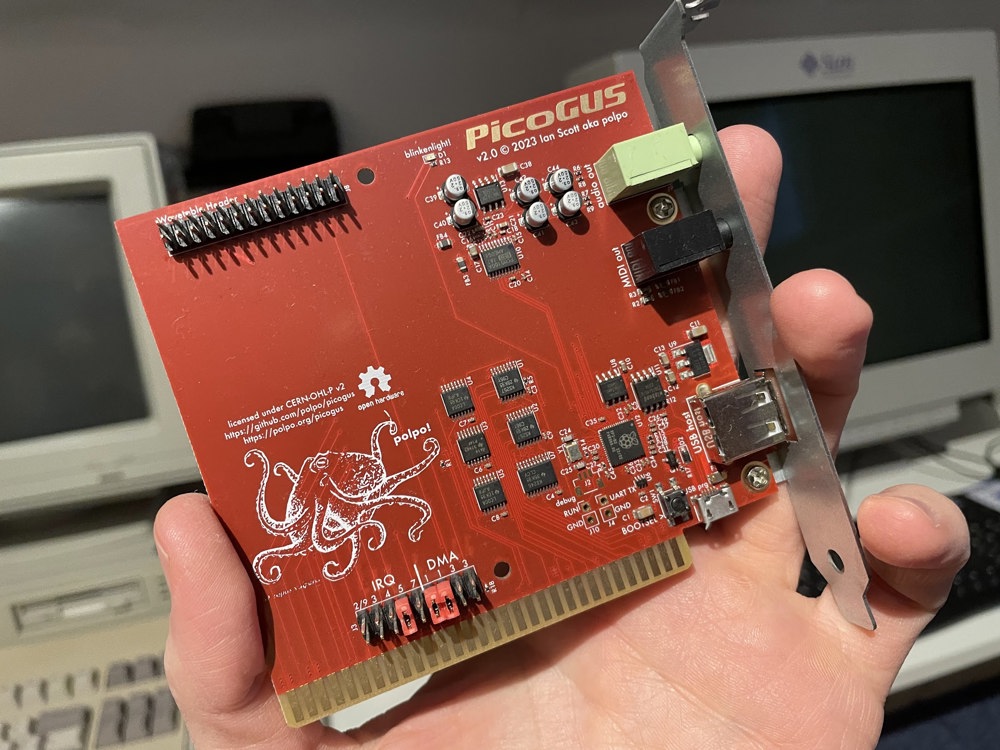
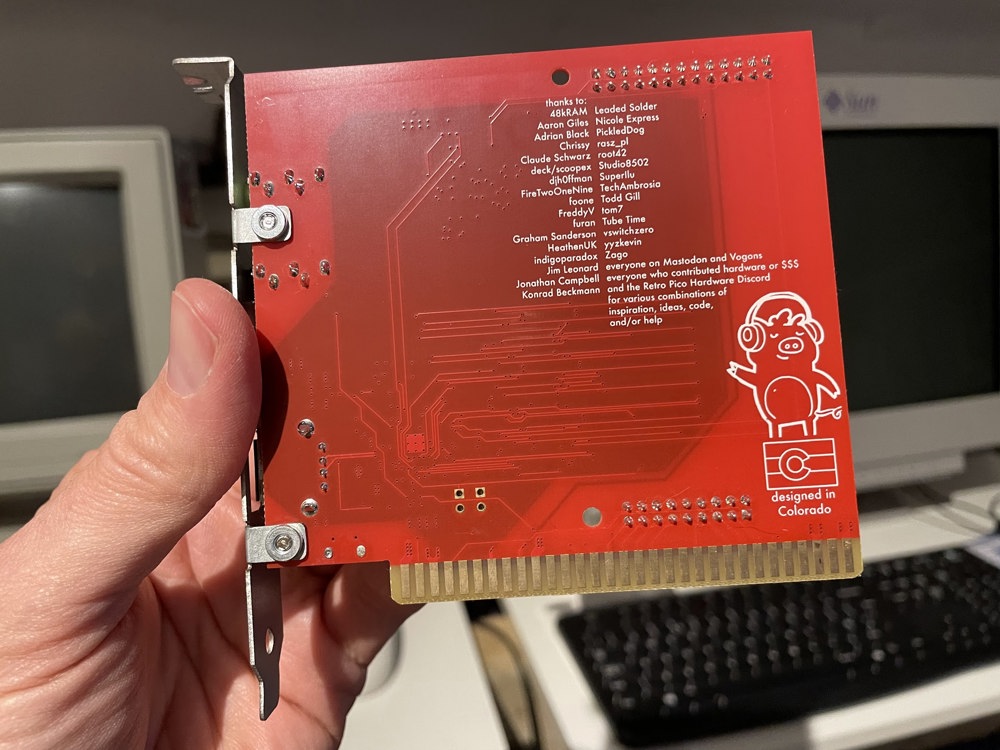
I was happy to finally experience a Voodoo 2 and then 3 when I purchased the cards in recent years. However the prices of Gravis Ultrasound cards were just too high to justify the investment, so I had to make do with enjoying them through others.
However a few years ago I stumbled across the fantastic work by Ian Scott to create a Raspberry Pi based GUS, which then evolved into a Pi Pico. Every few weeks he'd release a new video showing the progress he'd make and the steadily increasing compatibility of the device.
Until one day, it was available to purchase! Yes please!
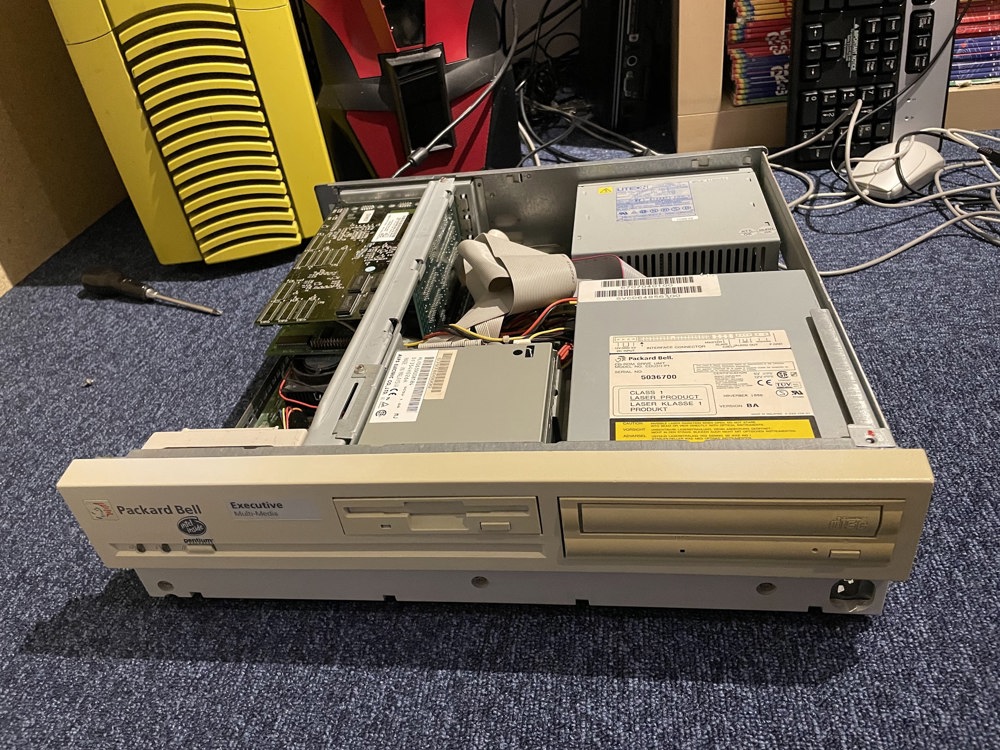
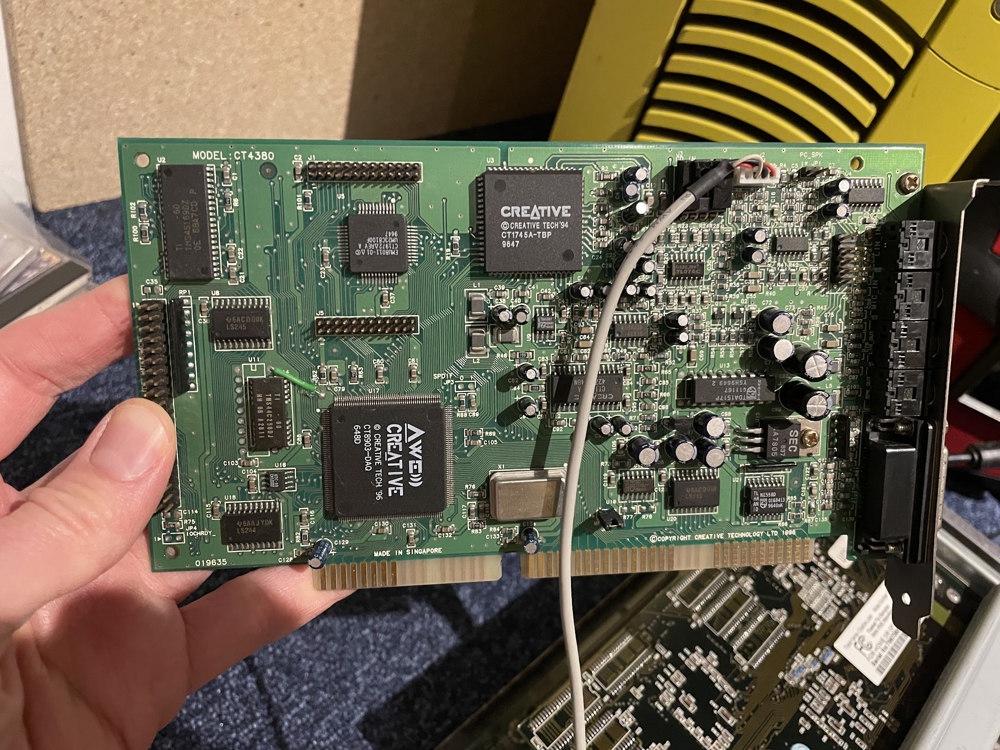
The GUS came out during the 486 and early Pentium era. It won't work correctly on newer processors, so I installed it into my Packard Bell 200MHz Pentium machine. Although due to the limited number of ISA slots, this meant removing the Creative Labs AWE 32 card to make room
It's always strange to see the variety of chips and components on older cards replaced by far fewer on newer devices.
Also that the newer chips are so cheap and yet so much more powerful than their predecessors.
Of course it's always been this way, but it's at moments like this I often pause to reflect on this.
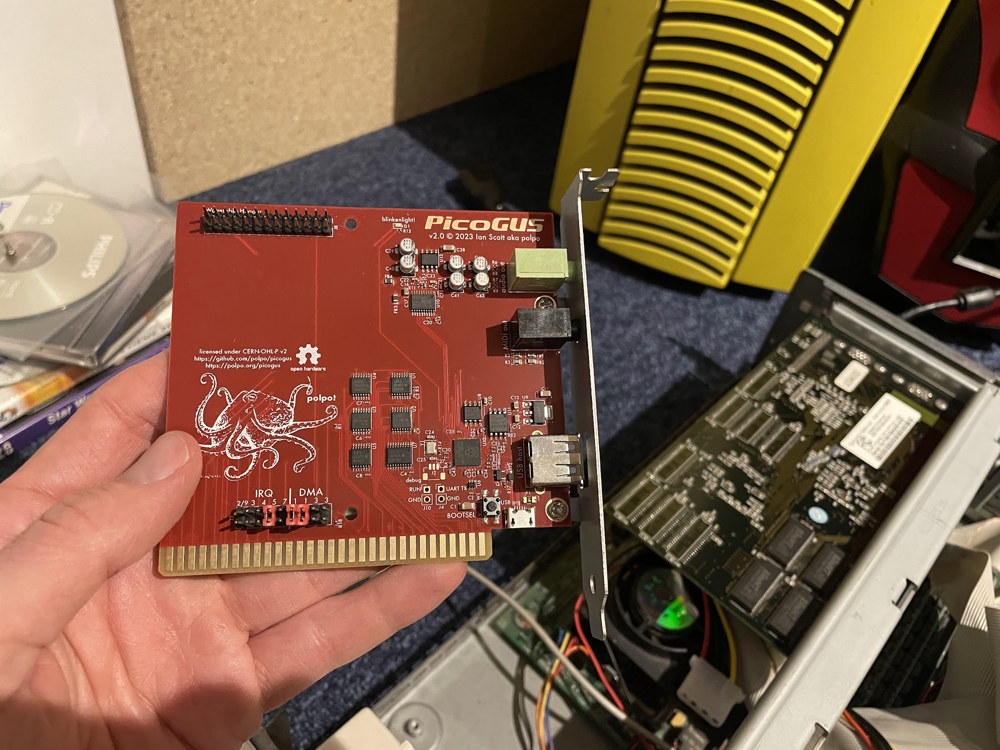
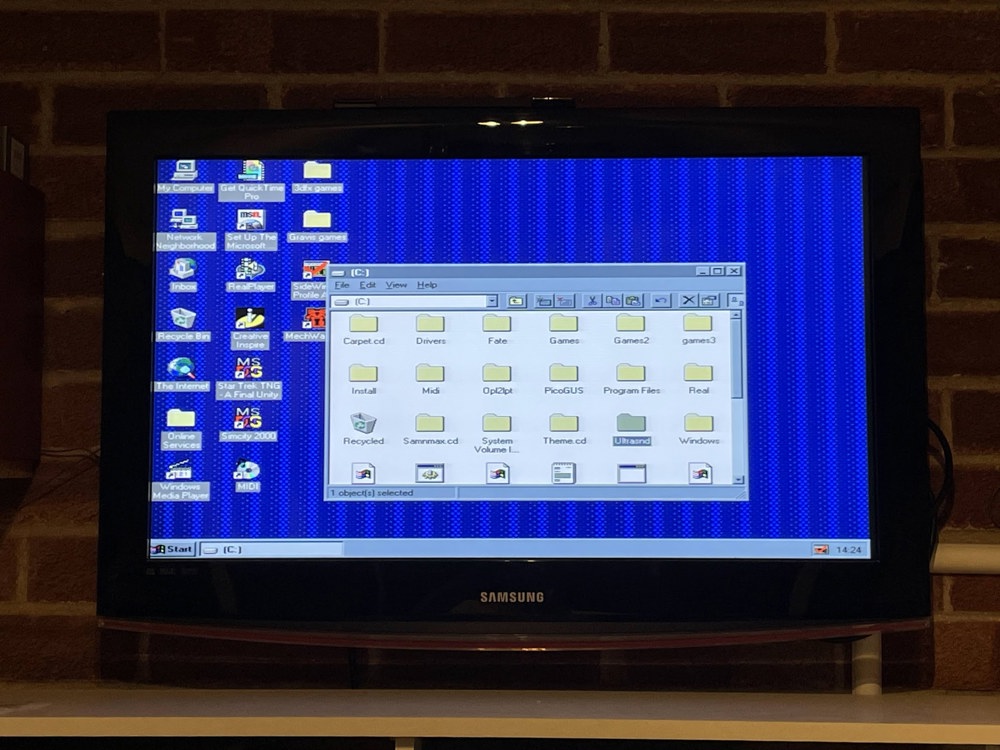
Once the PicoGUS is installed there are a few simple steps to get it setup.
Part of this involves setting up an ULTRASND directory on the machine with certain files in it. Seeing this directory exist and knowing that it serves a purpose made me smile.
After that the autoexec.bat needs updating with references to ULTRASND and ULTRADIR and that's pretty much it. Oh, apart from using PGUSINT.EXE to flash the Pico to operate as a GUS, as they come preflashed as Adlib cards
So, what game to try first?
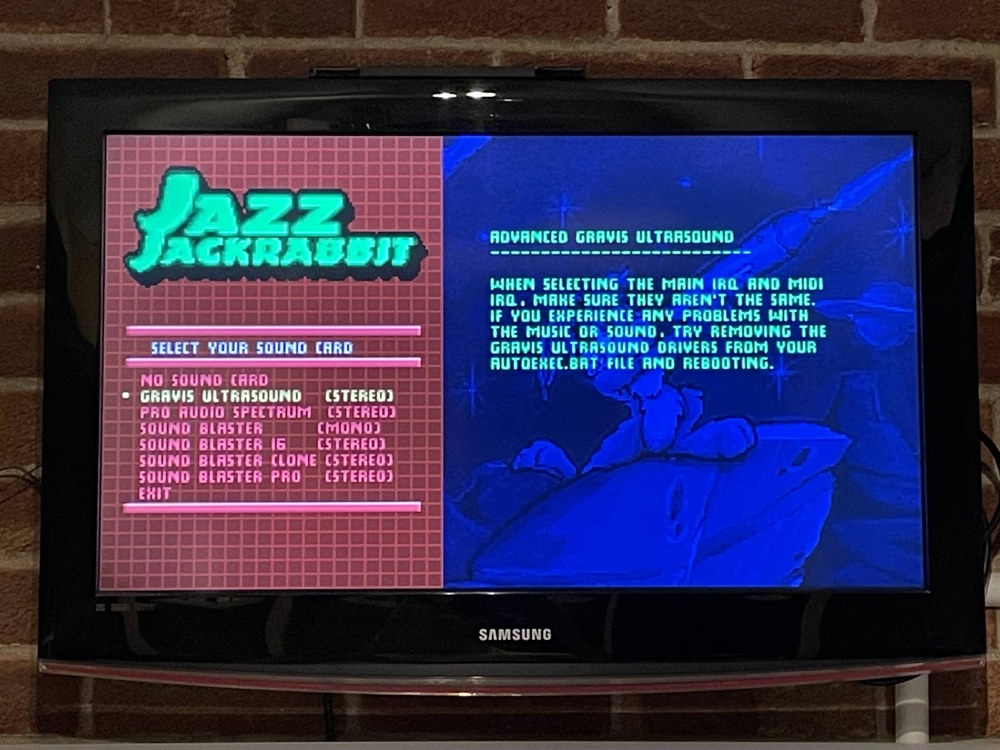
I don't know about you, but when I think of the GUS this is the first game that comes to mind.
Perhaps that's also in part due to the Gravis Gamepad references that also appear in Jazz Jackrabbit, it's just one big ode to Gravis!
Being able to select the Gravis Ultrasound option for the first time in the setup was a big moment!
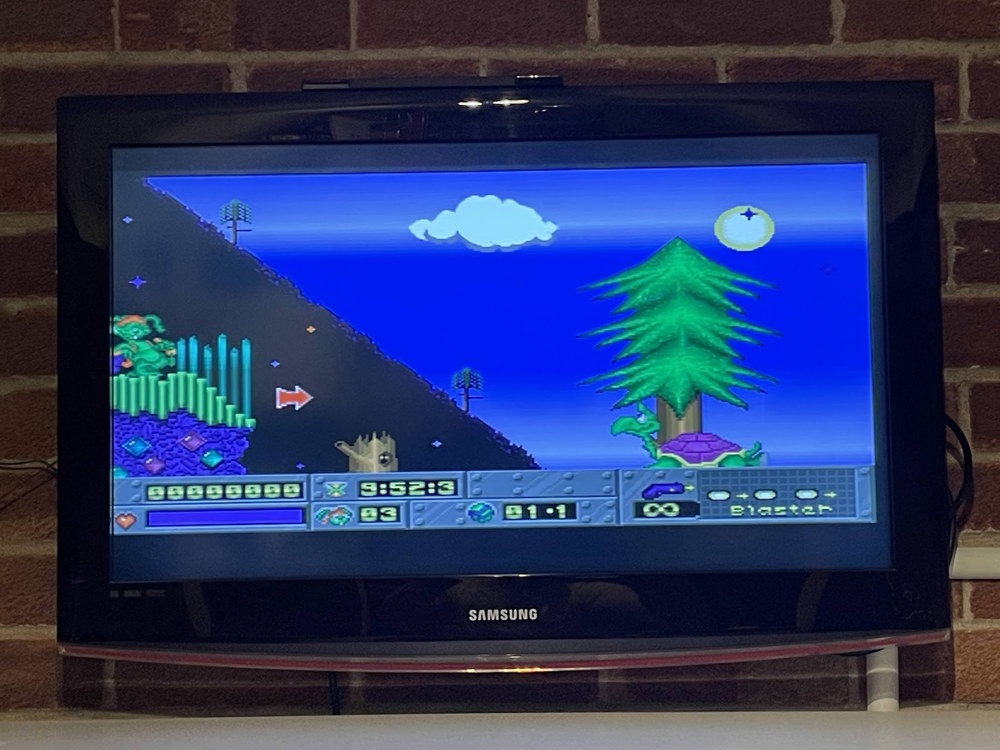
It worked!
Of course if I was better prepared I would have recorded the audio output so that I could compare before and after. I hope that my friend Wouter will do a more in-depth analysis!
The GUS didn't really make a big impact on games, mostly due to the Sound Blaster standard being "good enough". Unfortunately the Sound Blaster emulation on the GUS definitely wasn't good enough and the card slowly died off.
However it found a new lease of live in the demo scene where programmers and musicians were able to use it's capabilities to craft some impressive experiences.
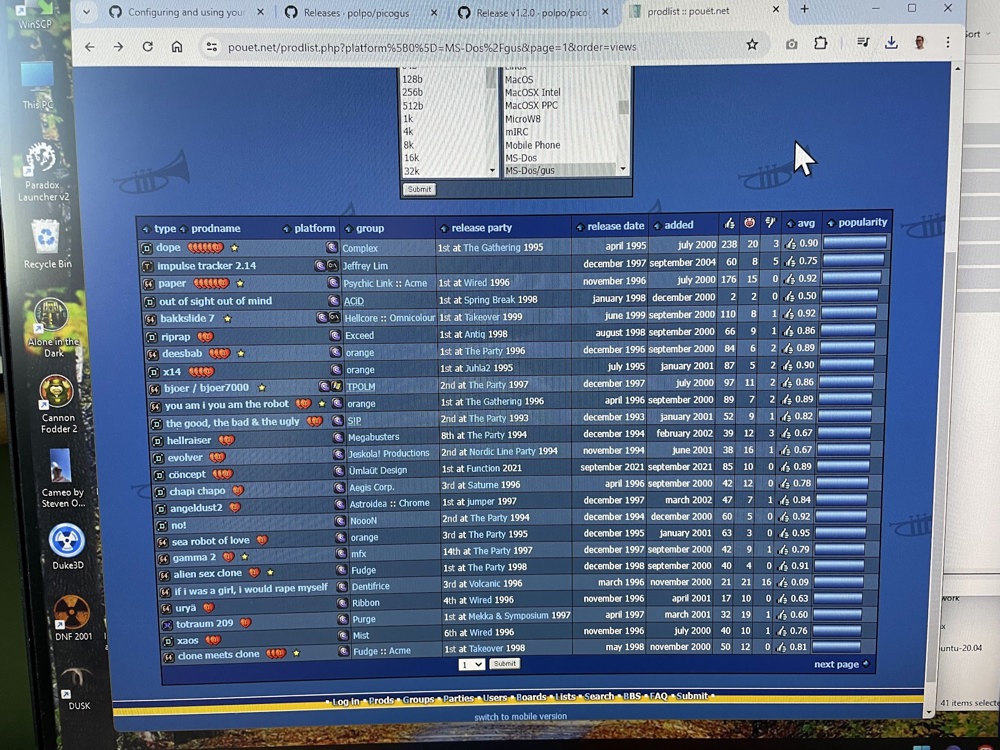
I'll have to download and play with some of these, now that I've finally got the hardware to enjoy everything the GUS has to offer.



